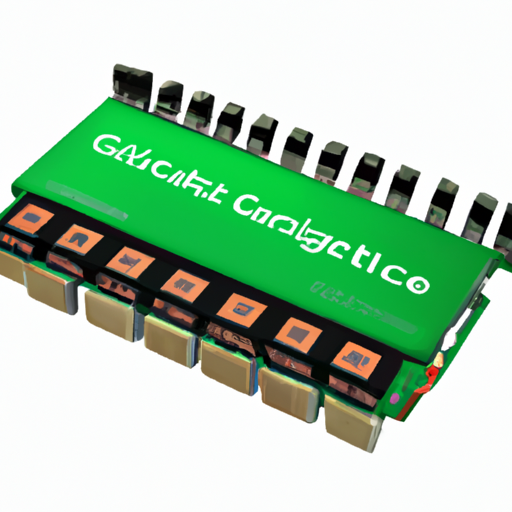application development in Direct Digital Synthesis (DDS) for 1N5247B-T: key technologies and success stories
Application Development in Direct Digital Synthesis (DDS) for 1N5247B-T: Key Technologies and Success Stories
Direct Digital Synthesis (DDS) is a sophisticated technique for generating precise waveforms, such as sine, square, and triangular waves, through digital signal processing. While the 1N5247B-T is a Zener diode designed for voltage regulation, it can play a supportive role in DDS applications, particularly in power supply circuits. Below, we explore key technologies in DDS, notable success stories, and the role of the 1N5247B-T in these systems.
Key Technologies in DDS
1. Phase Accumulator: The phase accumulator is the heart of DDS, generating a phase value that increments at a constant rate. This phase value is crucial for accessing the waveform lookup table.
2. Waveform Lookup Table: This table contains pre-calculated values of the desired waveform. The phase value from the phase accumulator indexes into this table to produce the output waveform.
3. Digital-to-Analog Converter (DAC): The output from the lookup table is fed into a DAC, which converts digital values into analog signals. The quality of the DAC is vital for the fidelity of the output waveform.
4. Low Pass Filter (LPF): An LPF is used after the DAC to smooth the output signal, removing unwanted high-frequency components and producing a clean waveform.
5. Microcontrollers and FPGAs: Modern DDS systems often utilize microcontrollers or FPGAs to implement the phase accumulator and waveform generation, providing flexibility and programmability.
6. Frequency Tuning: DDS allows for fine frequency tuning and rapid frequency switching, making it ideal for applications requiring precise frequency control.
Success Stories in DDS Applications
1. Signal Generators: Companies like Tektronix and Keysight Technologies have developed advanced signal generators that utilize DDS for high-frequency and high-precision signal generation, widely used in testing and measurement applications.
2. Communication Systems: DDS is integral to software-defined radios (SDRs), enabling dynamic frequency hopping and agile communication through precise frequency generation.
3. Medical Imaging: In ultrasound and other imaging technologies, DDS generates the precise frequencies required for high-quality imaging, enhancing resolution and clarity.
4. Audio Applications: DDS is employed in synthesizers and audio processing, allowing for the generation of complex waveforms and sound synthesis in musical instruments.
5. Radar Systems: DDS technology is utilized in radar systems for generating waveforms necessary for signal transmission and reception, improving performance and accuracy.
Role of 1N5247B-T in DDS Applications
While the 1N5247B-T is not a core component of DDS technology, it plays a crucial role in the power supply design for DDS systems. Here’s how it can be utilized:
- Voltage Regulation: The 1N5247B-T provides a stable reference voltage for the DAC and other components in the DDS circuit, ensuring consistent and accurate output waveforms.
- Noise Reduction: By supplying a stable voltage, the Zener diode helps minimize noise in the power supply, which is critical for high-precision applications like DDS.
- Protection: The 1N5247B-T can protect sensitive components in the DDS circuit from voltage spikes, enhancing the reliability and longevity of the system.
Conclusion
Direct Digital Synthesis is a powerful technique with diverse applications across various industries. While the 1N5247B-T Zener diode is not a core component of DDS technology, it is essential for ensuring stable and reliable operation in DDS systems. The combination of DDS technology and reliable power supply components can lead to successful implementations in telecommunications, medical imaging, audio processing, and beyond. By leveraging the strengths of both DDS and components like the 1N5247B-T, developers can create robust and high-performance systems tailored to meet the demands of modern applications.







